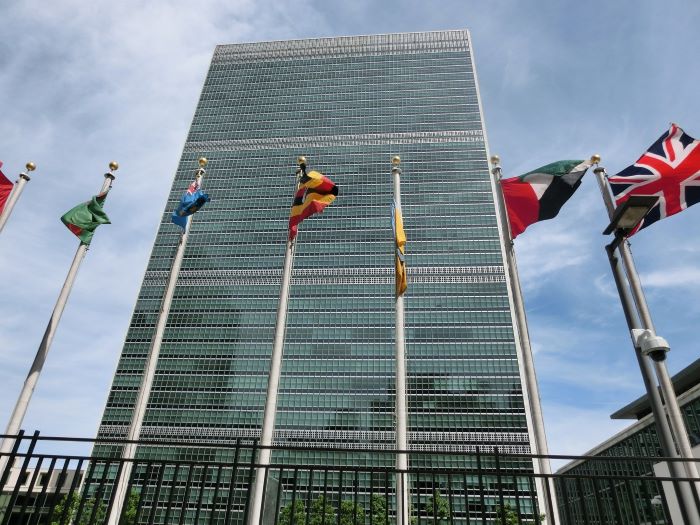 In 2025, a resurgence of chikungunya virus (CHIKV) disease was noted in a number of countries, including some that had not reported substantial case numbers in recent years. Between 1 January and 30 September 2025, a total of 445,271 suspected and confirmed CHIKV disease cases and 155 deaths were reported globally from 40 countries, including autochthonous and travel-imported cases. Some WHO Regions are experiencing significant increases in case numbers compared to 2024, although others are currently reporting lower case numbers.
In 2025, a resurgence of chikungunya virus (CHIKV) disease was noted in a number of countries, including some that had not reported substantial case numbers in recent years. Between 1 January and 30 September 2025, a total of 445,271 suspected and confirmed CHIKV disease cases and 155 deaths were reported globally from 40 countries, including autochthonous and travel-imported cases. Some WHO Regions are experiencing significant increases in case numbers compared to 2024, although others are currently reporting lower case numbers.
This uneven distribution of cases across regions makes it challenging to characterise the situation as a global rise; however, given the ongoing outbreaks reported globally in 2025, the potential for further spread remains significant.
CHIKV disease can be introduced into new areas by infected travellers, and local transmission may be established if there is the presence of the Aedes mosquito and a susceptible population. The risk is heightened by limited population immunity in previously unaffected areas, favourable environmental conditions for vector breeding, gaps in surveillance and diagnostic capacity, and increased human mobility and trade. Strengthening disease surveillance, enhancing vector surveillance and control, and improving public health preparedness are essential to mitigate the risk of further transmission.
Before 2025, current or previous autochthonous transmission of CHIKV has been reported from 119 countries and territories. A total of 27 countries and territories across six WHO regions have established competent populations of Aedes aegypti mosquitoes but have not yet reported autochthonous CHIKV transmission. Additional countries have established populations of Aedes albopictus mosquitoes, which can also transmit CHIKV, and in which transmission efficiency is enhanced for CHIKV lineages with the E1 226V mutation. The presence of these vectors poses a continuous threat of chikungunya introduction and spread in previously unaffected areas. Increased CHIKV transmission is driven by multiple factors that include the expanded geographic distribution of Aedes mosquitoes related to transportation in conveyances and climate change, unplanned urbanisation, poor water management, and weakened vector surveillance and control.
CHIKV disease typically causes high population attack rates. In smaller settings such as islands, the transmission dynamics can be temporarily interrupted once a proportion of the population becomes infected and subsequently immune. In larger populations, however, where enough individuals remain immunologically susceptible, transmission can persist over time, leading to sustained outbreaks. These outbreaks often place a significant burden on healthcare systems due to the number of affected individuals.
Countries differ in their ability to detect and report chikungunya and other vector-borne diseases, with many outbreaks identified only retrospectively, hindering effective public health responses. Early detection of cases, particularly in persons at risk for severe CHIKV disease, and timely access to appropriate medical care are essential for minimizing clinical complications and reducing mortality.
The variation in distribution of cases across regions highlights the importance of continued investment in surveillance, preparedness, and response capacities to address evolving regional dynamics. WHO continues to call on all countries to strengthen their healthcare and laboratory systems to enable rapid detection, timely reporting, and effective response to chikungunya outbreaks.